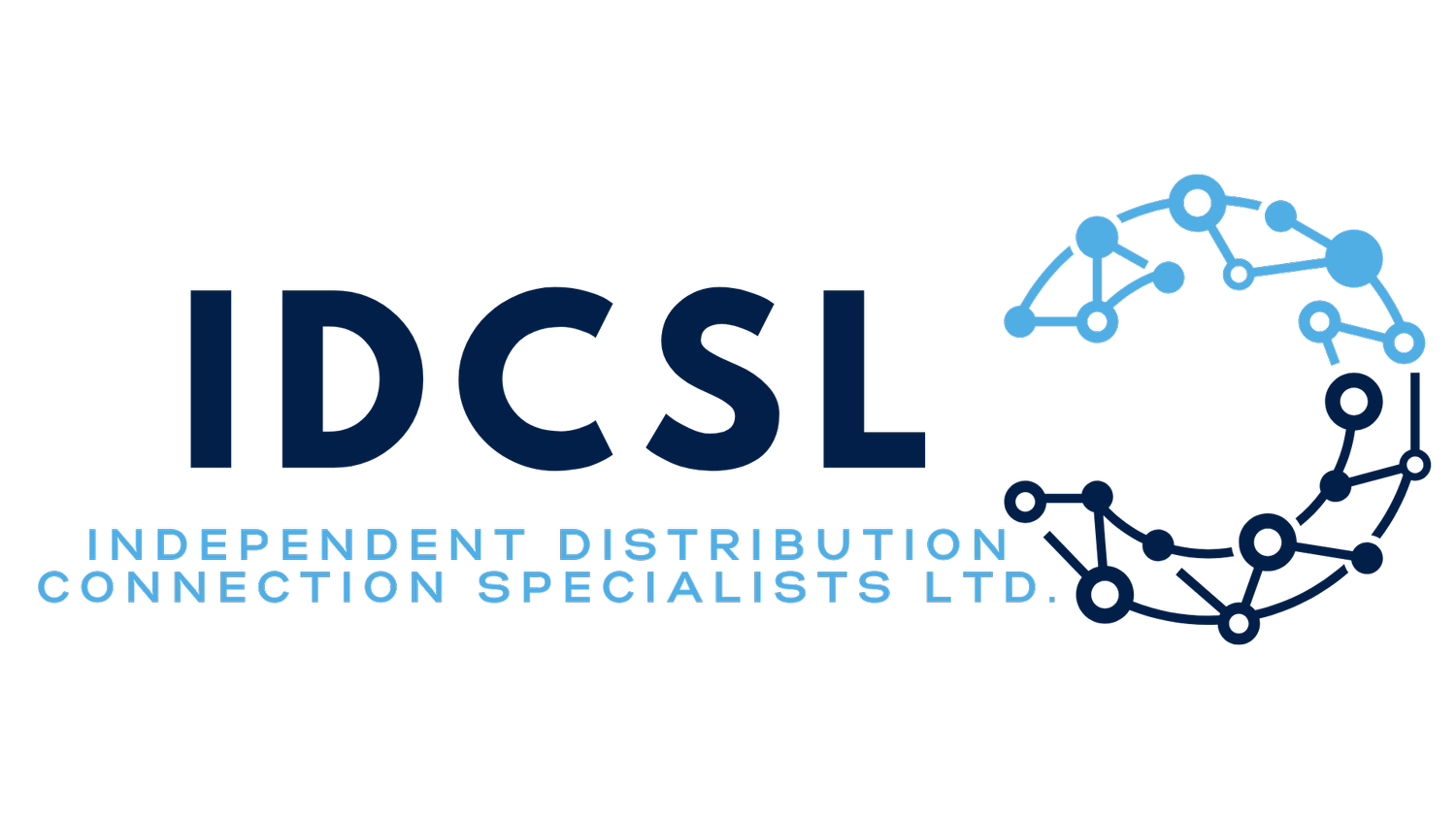Demystifying the Jargon: Key Differences Between ICPs and IDNOs
With the rapid growth in renewable energy and demand for power, electricity distribution networks in the UK are expanding faster than ever. This breakneck development depends on close collaboration between two crucial industry players: Independent Connection Providers (ICPs) and Independent Distribution Network Operators (IDNOs).
ICPs and IDNOs perform vital roles in bringing new electricity networks to life. As projects grow more complex, it becomes critical for developers to understand the key differences between the two.
We’re here to break it down for you and explore the major distinctions between these two types of organisations. Whether you're developing a data centre, commercial facility, or renewable generation site, grasping the nuances between ICPs and IDNOs will help you effectively navigate the process.
Both ICPs and IDNOs participate in expanding local electricity distribution networks across Great Britain. However, they each focus on separate phases of the development process and hold distinct responsibilities.
ICPs design, build, and install new distribution connections. IDNOs then adopt the finished assets to manage long-term operation. Ofgem keeps a close eye on both.
While the two collaborate, there are pivotal distinctions between these industry organisations:
Asset Ownership, Operations and Maintenance
ICPs create new network assets but do not own them. IDNOs adopt ICP-built assets then take over ownership, operation and maintenance of completed network builds on a long-term basis.
Geographic Reach
IDNOs operate nationwide. ICPs tend to focus regionally through partnerships with local Distribution Network Operators.
Design Expertise
ICPs maintain robust design teams to engineer new assets and connections. IDNOs may have design experience related to maintenance.
Building and Installation
ICPs handle construction of new distribution networks. IDNOs only adopt completed network builds.
Customers
ICPs work with developers planning projects. IDNOs serve end customers receiving power through adopted networks.
Revenue Models
ICPs earn revenue during construction. IDNOs receive ongoing income from ownership and customer tariffs.
Regulation
Ofgem regulates both but requirements differ based on responsibilities.
Staffing
ICPs need designers, project managers and builders. IDNOs require operations, maintenance, and customer service teams.
Liability Periods
ICPs hold liability until asset adoption. IDNOs become liable for maintenance issues over the network lifetime.
The Bottom Line
While ICPs and IDNOs have divergent roles, seamless collaboration between them is essential for delivering results. Like a relay team passing the baton, they work together to take projects from initial design through long-term operation.
For developers undertaking new electricity network projects, understanding the key differences between ICPs and IDNOs clears up the alphabet soup. This knowledge enables informed decision making, smoother project execution, and optimal outcomes as Britain rapidly expands and modernises its power grids.
Whether you're connecting a new renewable energy site or an electric vehicle fleet depot, decoding the ICP and IDNO distinctions gives you a major advantage. With the UK's electricity networks undergoing massive growth, speaking the language fluently allows developers to thrive in the robust infrastructure environment ahead.
